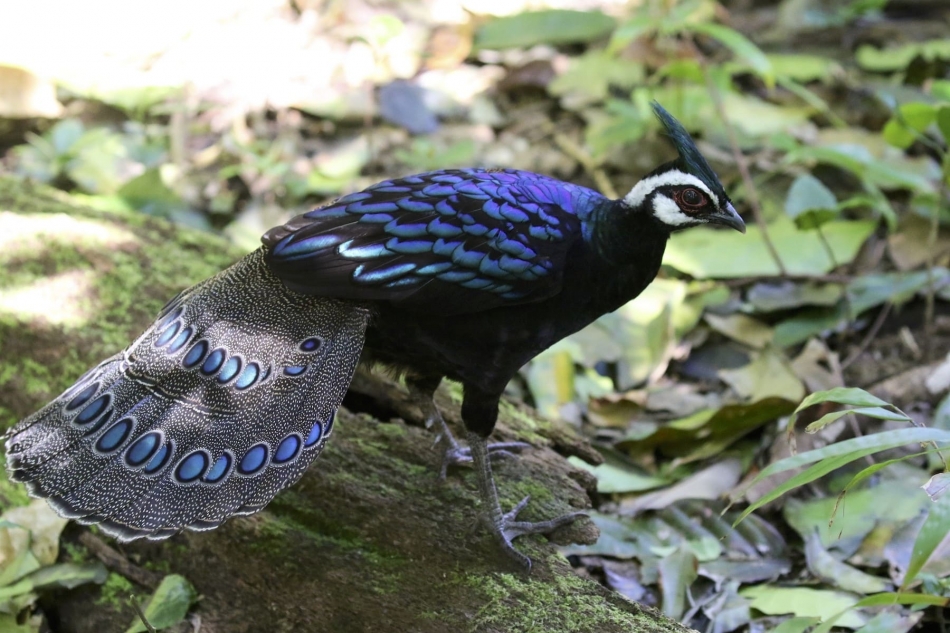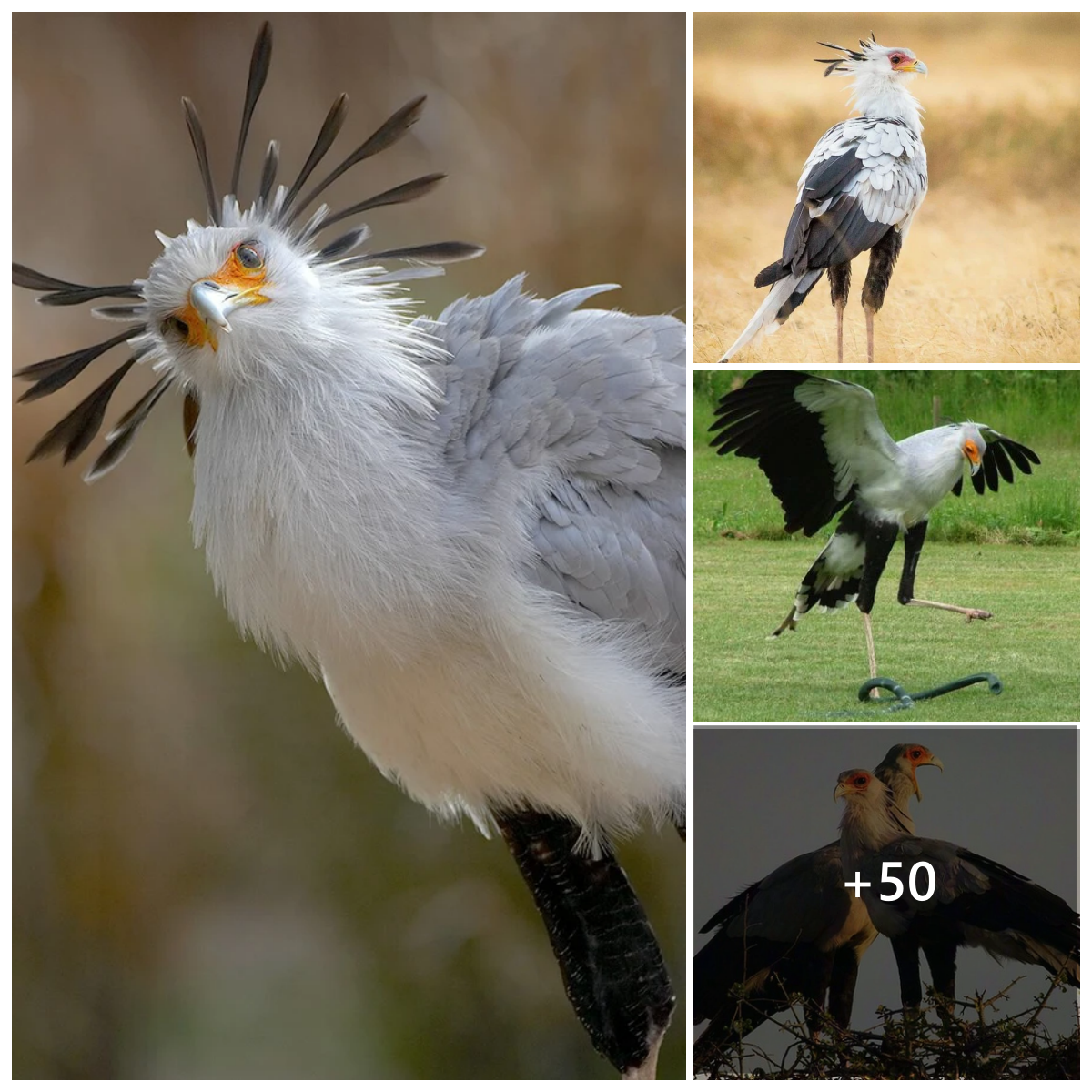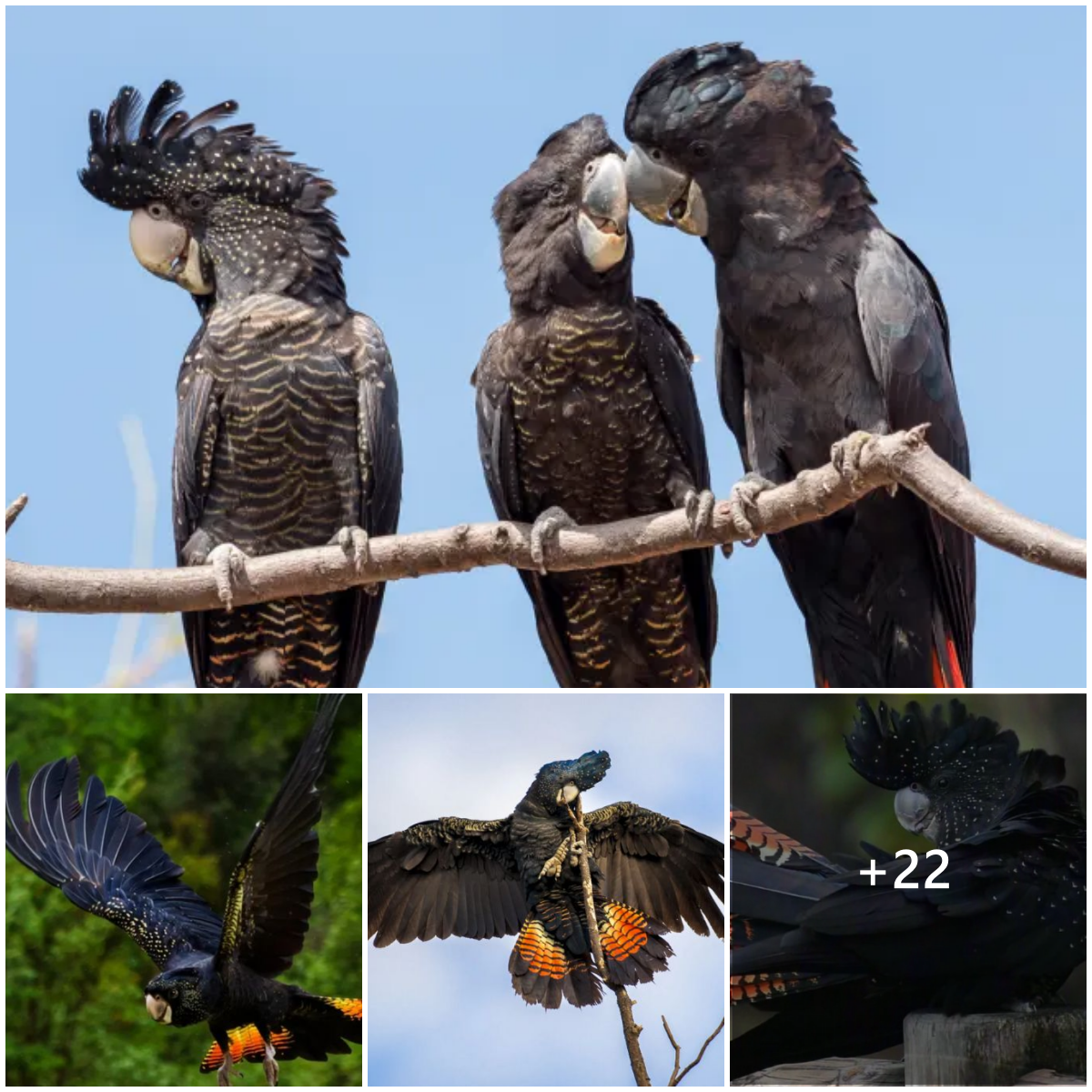
Appearance The Palawan Peacock-Pheasant is a medium-sized bird, measuring around 50-60 cm in length. Its plumage is predominantly blue-green, with metallic shades that reflect different colors depending on the angle of the light. The feathers on the bird’s head and neck are elongated and form a distinctive crest that resembles a mohawk. The bird’s tail feathers are also elongated and feature iridescent green and blue bands.
Habitat The Palawan Peacock-Pheasant is native to the dense forests of Palawan Island in the Philippines. It inhabits the forest floor and is mostly found in lowland areas, though it can also be found at higher elevations in the mountains. The bird is highly elusive and difficult to spot in the wild, making it a rare and prized sighting for birdwatchers and nature enthusiasts.

Behavior The Palawan Peacock-Pheasant is a shy and elusive bird, preferring to stay hidden in the underbrush of the forest floor. It is a solitary bird, except during the breeding season when the male will display his colorful plumage and engage in elaborate courtship displays to attract a mate. The bird’s diet consists mainly of insects, fruits, and small animals, which it forages for on the forest floor.

Conservation Status The Palawan Peacock-Pheasant is considered to be one of the rarest and most endangered species of pheasants in the world. Habitat loss, hunting, and the illegal pet trade have all contributed to the decline of the bird’s population. The species is listed as endangered by the International Union for Conservation of Nature (IUCN) and is protected under Philippine law. Conservation efforts are being made to protect the bird’s habitat and reduce the impact of human activity on its population.

Conclusion The Palawan Peacock-Pheasant is a truly unique and striking bird, with its iridescent blue-green plumage and distinctive mohawk. Unfortunately, the species is under threat due to habitat loss and human activity, making it a rare and prized sighting for birdwatchers and nature enthusiasts. Conservation efforts are crucial to protect this remarkable bird and ensure that it continues to thrive in its natural habitat.






